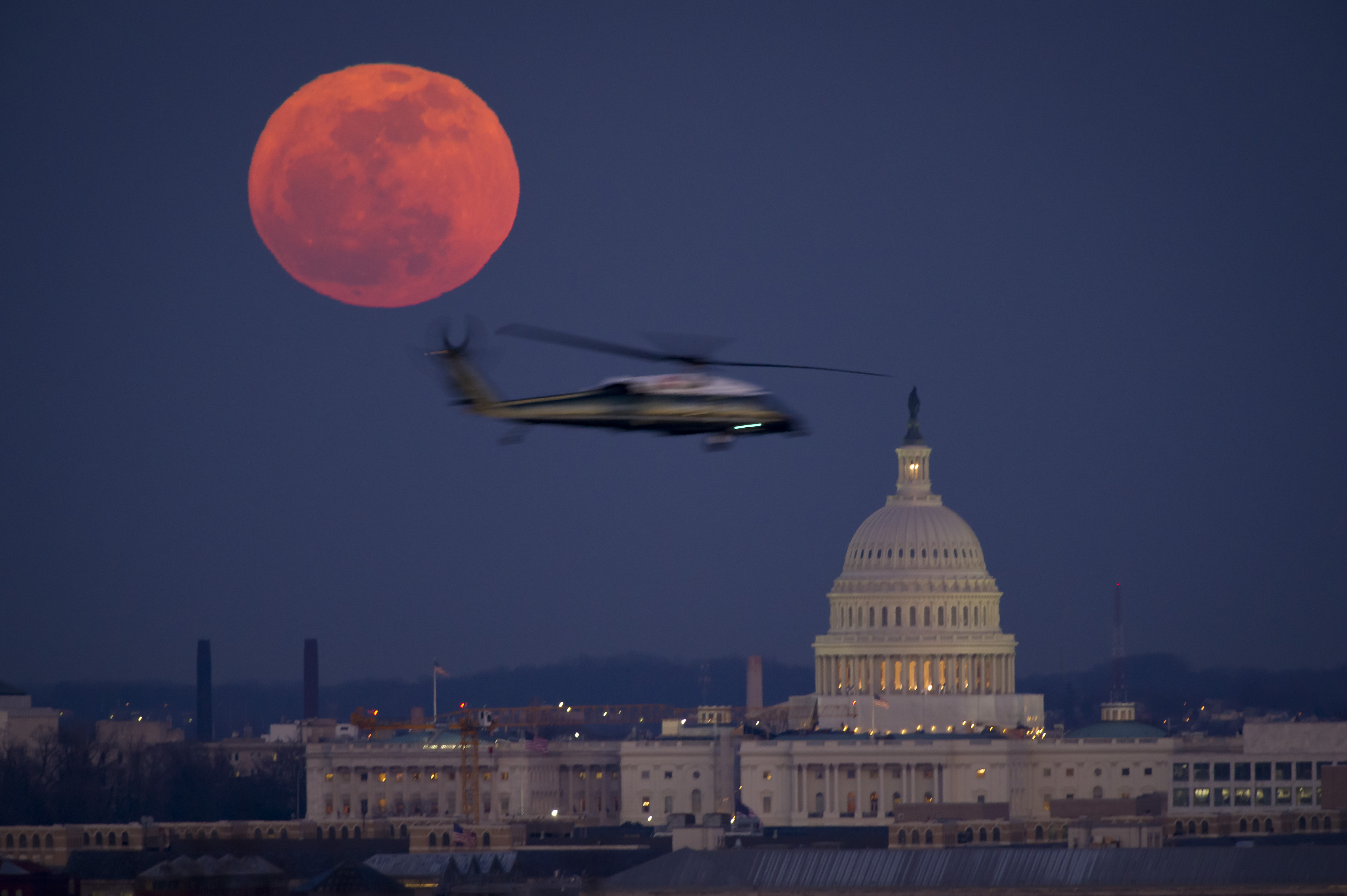
This post has been updated with a statement from Secretary of the Navy Carlos Del Toro.
The Navy has downplayed the effects of the current nine-week stopgap spending measure that freezes its spending levels and the service has not submitted a list of waivers to Congress, USNI News has learned.
The Navy has not sent over a list of anomalies, or waivers, to Capitol Hill, defense and legislative officials confirmed to USNI News this week. Last year the Navy had to seek a waiver for the Columbia-class nuclear ballistic missile submarine program, the service’s top acquisition priority for which it was slated to issue an award early in Fiscal Year 2021.
Lawmakers have until Dec. 3 to pass the appropriations bills, otherwise they would need to pass another continuing resolution. Should the CR extend past Dec. 3, the Navy would likely need to seek waivers from Congress, USNI News understands.
“The Navy does not have any approved anomalies for the Continuing Resolution,” Navy spokeswoman Lt. Katie Diener told USNI News.
Under a CR, not only are the funding levels limited to the prior fiscal year’s levels, but the Defense Department cannot spend money on new-start programs. The T-AGOS(X) ocean surveillance ship is a new start program, but the Navy is not slated to award the contract until August 2022, according to the service’s FY 2022 budget documents. The Navy also wants to buy a T-AO-205 John Lewis-class fleet oiler in FY 2022, an increase from the zero oilers it purchased in FY 2021. That award is scheduled for June 2022, according to service budget documents.
Secretary of the Navy Carlos Del Toro told USNI News following an earlier version of this post that a three-month CR is manageable, but any other extension would have “catastrophic results.”
“A continuing resolution for three months is … something that we have to be able to manage. We have lived with continuing resolutions for quite a few years now. So it just doesn’t come as much of a shock or surprise anymore as perhaps it used to,” he said following a speech at the U.S. Naval Academy on Tuesday night.
“Having said that, though, continuing resolutions have real negative consequences. While we may be able to survive a three-month continuing resolution, once you start looking at a six month or a year-long continuing resolution, the results are really disastrous, because especially when it comes to the readiness of our forces, right, the ability of our forces to be able to meet the missions they have to meet today around the globe in a real, credible way.”
The Pentagon has been uncharacteristically quiet this year on the effects of the continuing resolution, which limits the Defense Department’s spending to the prior fiscal year’s levels and is currently keeping the government funded as lawmakers continue work on the appropriations process.
In years past, service officials have been vocal over the practice of using continuing resolutions to keep the government funded while Congress works out its spending bills. Pentagon officials typically argue that the stopgap measures cost them millions and hurt readiness.
In 2019, the Navy’s acquisition executive at the time said the service had not scheduled any major contract awards in the first quarter of FY 2020 in case the government was operating under a continuing resolution. James Geurts also expressed concerns over how a CR affects the Navy’s ability to perform maintenance.
“What’s frustrating me: one of the things you’ve heard when we talk ship maintenance is, hey, we want to get our planning set, we want to award the contract early; [Bainbridge] was one of them we had all set, we backed the planning up, had 120 days ready in advance, the team was ready to go, we had the materials all ready to go, and then suddenly, oh, we can’t do it now because we’re in a CR. The real challenge: we don’t know how long the next CR is, when [the contract] is going to get awarded,” Geurts said at the time.
Other parts of the Navy say the CR isn’t causing significant hardships to operations yet.
A spokesperson for Naval Sea Systems Command said the CR did not result in any closures for the command.
“Under a CR, just as the CR didn’t result in any closures, it also means NAVSEA won’t be able to start any new programs,” Jamie Koehler told USNI News in an email.
A spokesperson for Naval Air Systems Command said the continuing resolution has not had an effect on NAVAIR.
“There was no impact. We are conducting business as usual,” Marcia Hart told USNI News.
In a statement to USNI News, a spokesperson for Navy Installations Command pointed to the $565 million for Navy operations and maintenance in the stopgap spending bill.
“Installation operations and support functions are expected to continue as they did prior to the signing of the CR, with no significant near-term impacts anticipated,” said Capt. Josh Frey, a spokesperson for Navy Installations Command. “It is the mission of CNIC to sustain the Fleet, enable the Fighter and support our Navy Families and the command is set to continue that mission as leadership works towards agreement on the FY22 budget.”
“The CR did include $565M in Operations and Maintenance (OMN) funding for damage repairs associated with natural disasters in calendar years 2020 and 2021. This funding is welcome as Navy facilities and infrastructure have suffered significant damage from natural disasters at several locations around the world in the past two years.”
The White House in early September asked lawmakers to pass a continuing resolution for the interim, while Congress continues the appropriations process.





